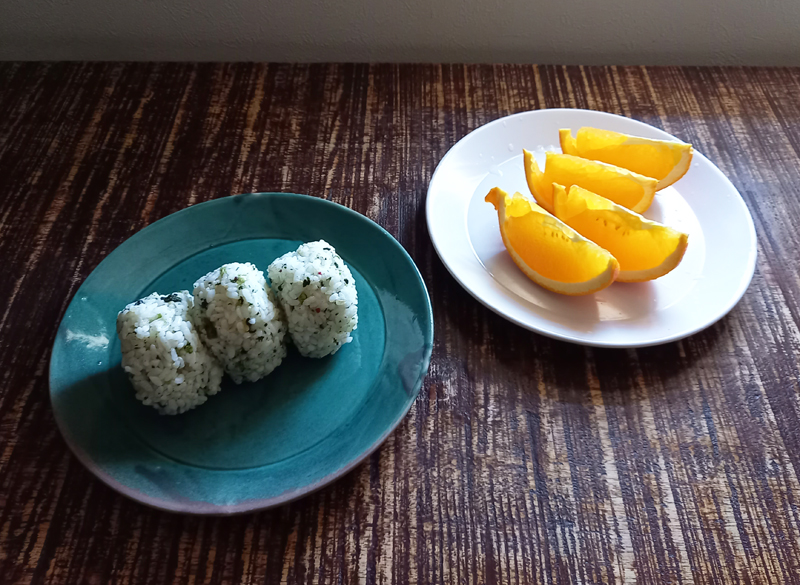当日発送について
以下の条件に該当するご注文を当日配送いたします。
・平日(営業日)の12時までにご注文が完了。
・ご注文いただいた商品の在庫がすべてある場合。
・お支払方法がクレジットカード決済か代引きの場合。
※受注状況や確認事項の有無などにより、お時間をいただく場合がございます。
※12時以降のご注文は最短で発送いたします。
定休日のご案内
土日祝日、お盆、年末年始などは出荷業務をお休みいたします。
Now Loading...
以下の条件に該当するご注文を当日配送いたします。
・平日(営業日)の12時までにご注文が完了。
・ご注文いただいた商品の在庫がすべてある場合。
・お支払方法がクレジットカード決済か代引きの場合。
※受注状況や確認事項の有無などにより、お時間をいただく場合がございます。
※12時以降のご注文は最短で発送いたします。
土日祝日、お盆、年末年始などは出荷業務をお休みいたします。
白と窯変トルコの2色展開です。
ぽってりと優しい印象の白、ぱっと目を引く鮮やかで前衛的なトルコ色です。
白は焼成によって淡いピンク色の御本手が見られる場合があります。
御本手とは「お手本」という意味です。
桃山時代から江戸時代にかけて朝鮮で焼き物を生産した際に、
日本から見本として送った焼き物に淡紅色の斑点があり「御本手」と呼ぶようになりました。
土の鉄分の含有量により発色度合いが異なり、写真のように個体差が生じます。
トルコ色は窯変が激しい釉薬を使っています。
釉薬のかかり具合や火の当たり具合で変化し、グリーンが強く発色したり黒っぽくなったりと
色彩をより深くより味わいのあるものに仕上げます。
特に高さのあるボウルは釉薬が流れやすいので、口元から胴、ハマ部分にかけて
グラデーション状の濃淡が見られます。
口元の釉薬が薄くなったところは素地の色が見えたり、
釉薬が溜まったところは艶やかなグリーンになったり、一つひとつ個体差があるのが窯変トルコの魅力です。
ライスボール大、ライスボール小、プレートの3アイテム。
シンプルな形状だからこそ、ライスボウルはごはんや汁物以外にも用途が広がる形状です。
ボウル大は具たくさんの野菜スープやクラムチャウダー、ボウル小はキャロットラペやコールスローサラダなど。

プレートは直径約21cmで、食事のシーンで一番汎用性の高いサイズです。
朝食ではパンやおにぎりを盛り付けて、ランチではハンバーグと付け合わせをのせて主菜のプレートに。
おやつの時間ではケーキ用など一日を通して使えるプレートです。
プレートの裏面には「tous les jours 24」の刻印があり、
24時間どんなシーンでも使って欲しいという願いが込められています。
ブルジョンで色も楽しむテーブルにしてみてはいかがでしょうか。